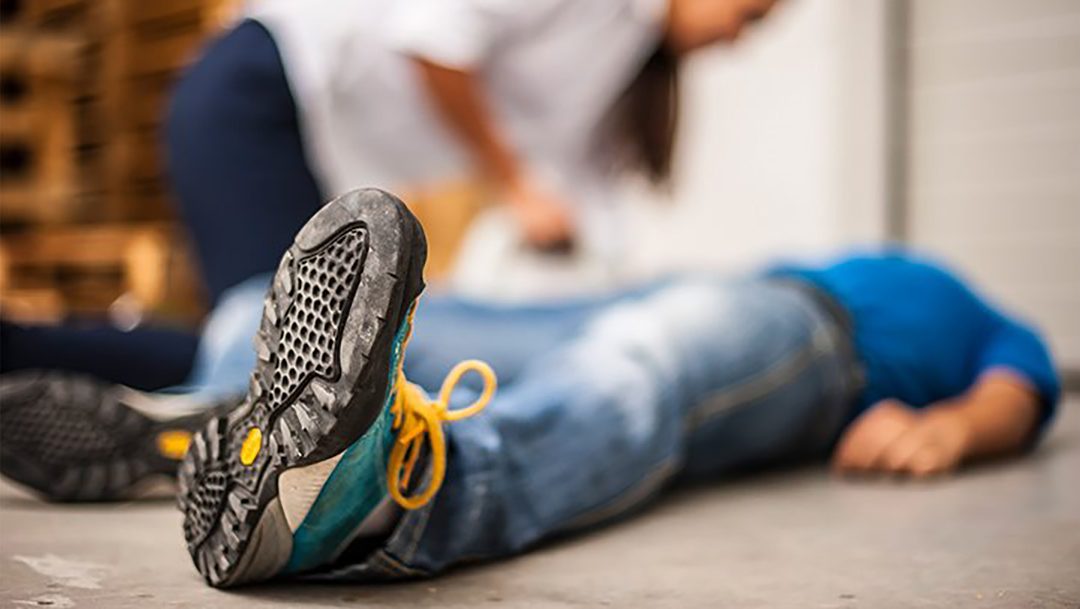Witnessing someone having a seizure is scary, but most of the time it doesn’t have to be an emergency. By acting fast and taking some precautions, you can prevent a seizure victim from hurting themselves and you may not even have to call 911. In most cases, seizures stop on their own and don’t cause any permanent damage.
There are two main types of seizures that you may come across:
The Focal Onset Seizure which starts in one part of the brain and may cause twitching of a single body part. Usually, the person is awake, even though they can’t control it. They may seem to zone out. Afterward, they may not remember what happened. As long as they the person is in a controlled environment, the risk of injury is minimal.
Generalized seizures, also known as tonic-clonic seizures or grand mal seizures, are the type of seizure most people recognize. These are caused by abnormal electrical activity throughout the brain. They can turn into an emergency if someone doesn’t intervene to help. An individual having this kind of seizure goes stiff, loses consciousness, falls to the floor and begins to jerk or convulse. They may go blue around the mouth due to irregular breathing. Sometimes people lose control of their bladder or bowels and bite their tongue or the inside of their mouth. The person having the seizure is generally not aware of what is happening. The uncontrolled thrashing movements increase the chance of injury.
DOs
Per the Centers for Disease Control and Prevention (CDC), here is the protocol for assisting someone who is having a tonic-clonic (grand mal) seizure:
- Carefully lay the person on the floor.
- To aid in breathing, gently turn the victim on their side.
- Clear the immediate area of sharp or hard objects to protect the person from injury.
- Place a pillow, blanket, or something soft, under the victim’s head.
- Remove eyeglasses, if applicable.
- Time the seizure. If the seizure lasts longer than five minutes, call 911.
You may want to check whether the person is carrying an epilepsy identity card or jewelry that will provide you with more information about what to do or who to call. Make sure you stay with the person until they are fully recovered.
DON’Ts
- Attempt to hold the person down or restrict their movements
- Attempt CPR or mouth-to-mouth resuscitation during the seizure. The person’s breathing should return to normal afterward.
- Put anything in their mouth (Note: It used to be believed that putting something in someone’s mouth during a seizure would prevent them from swallowing their tongue or choking. In fact, it is impossible for someone to swallow their tongue and you could cause more injury by forcing something into their mouth.)
- Try to move them unless they are in danger
- Give them anything to eat or drink until they are fully recovered
Call 911 if:
- The person has been injured during the seizure.
- The person doesn’t stop convulsing after five minutes or the person immediately has another seizure after stopping.
- They’ve never had a seizure before.
- You believe they need immediate medical attention or suffer from other health issues.
TSS has an enormous archive of safety information. Contact us with your safety questions or concerns, and we’ll be happy to share our resources with you!

